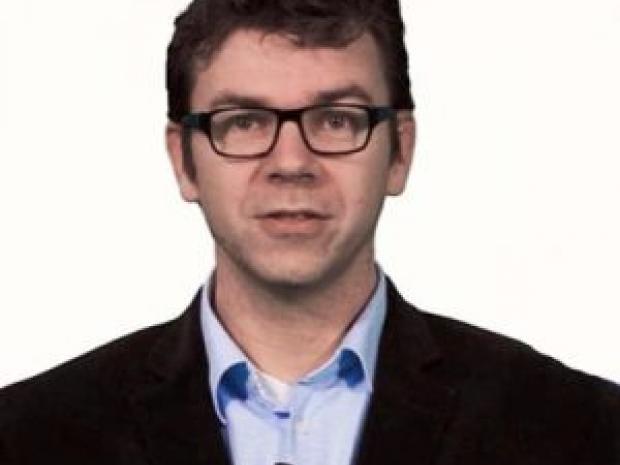Studying surface phenomena in electrochemical processes by IR and Raman spectroscopy

Speaker:
Guido Mul
University of Twente
Abstract:
Development of a selective electrocatalyst for electrochemical reduction of CO2 to value-added products requires an understanding of the effect of the electrode morphology and electrolyte composition on i) the nature of surface adsorbed intermediates and ii) the final composition of the product-gas. In this presentation I will provide several examples of how Infrared (SEIRAS) and Raman (SERS) spectroscopy have recently been used to demonstrate that the composition of surface adsorbed species on Copper electrodes is strongly potential-dependent and can be correlated to product selectivity and electrode stability. Highlights include 1) observation of changes in the local pH near the electrode surface, 2) indications for the observation of a CO2 dimer radical anion as potential intermediate for the formation of CO, even in aqueous conditions, and iii) the presence of surface Cu-OH, even at significantly negative potential. Finally I will demonstrate the formation of a C---N intermediate on the surface of Cu when CO2 is reduced in nitrate electrolyte, a reaction mixture relevant for the presumed formation of urea.

